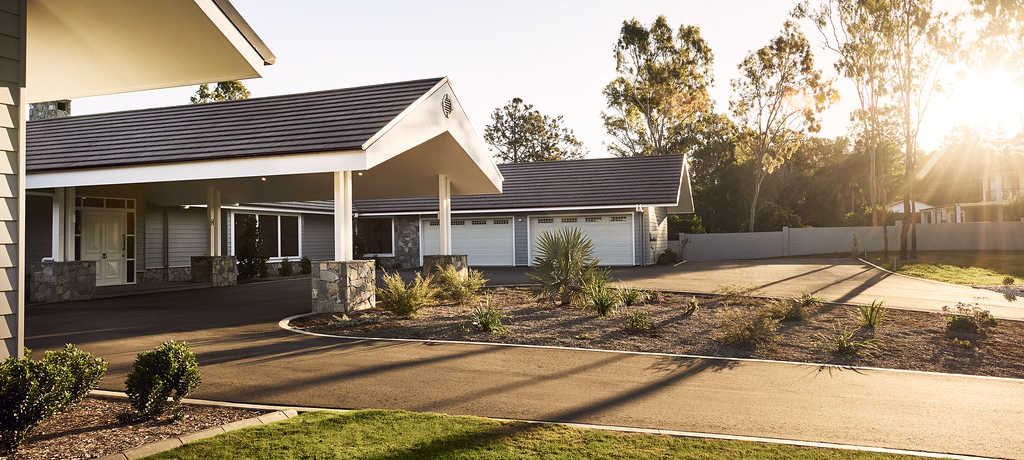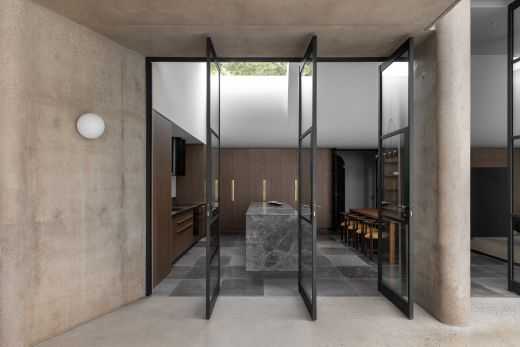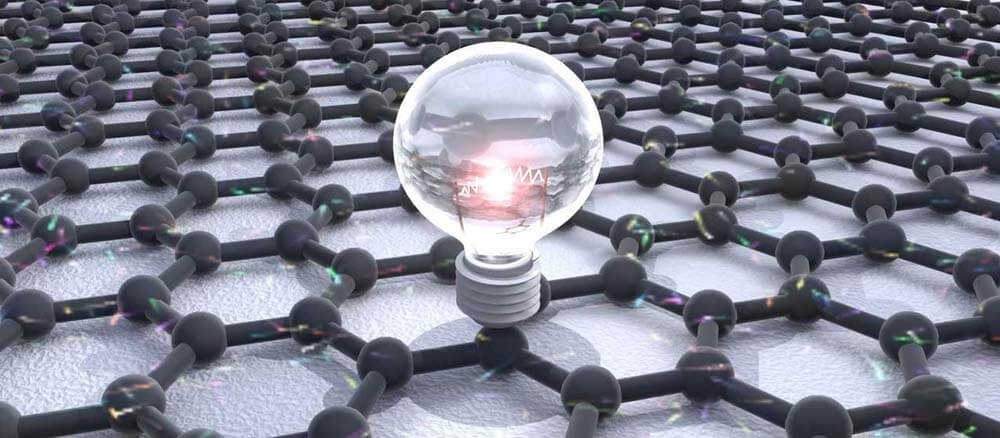
The truth and myths of the wonder material, graphene
It’s rumoured to be bulletproof, stronger than diamonds and the best electricity conductor there is. But is graphene really the new super material?
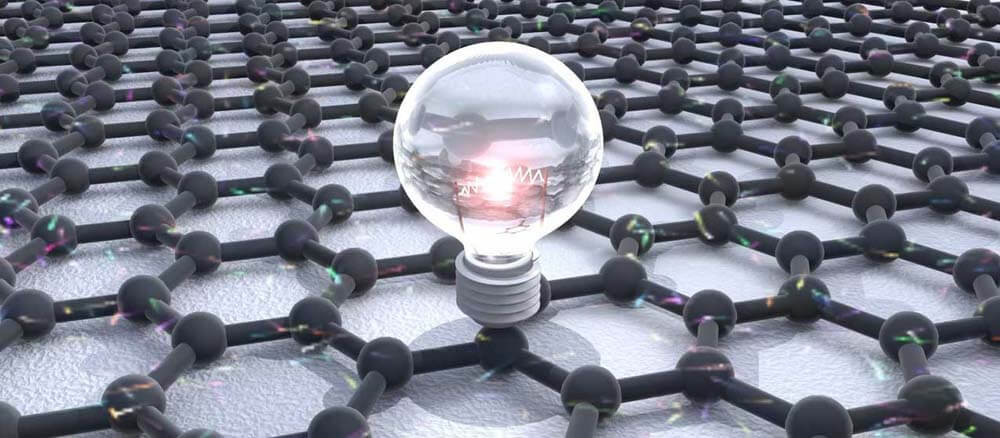
Graphene doesn’t usually look as clean as this render. Supplied by IMGNE
Graphene has attracted a lot of media attention and hypothesis recently. But how much of this commentary is actually true? Head of R&D of graphene-focused company IMGNE, Phillip Aitchison agrees that graphene is both very useful and inexpensive material, but there is a lot of hype out there.
What is graphene?
Graphene in its purest form is a stripped layer of graphite; a lattice-like structure of carbon that is one molecule thick. While its existence has been theorised since the mid twentieth century, it was first achieved by researchers at the University of Manchester in 2004, by using sticky tape to take off a layer of graphite, and then used more sticky tape to strip it down to a monolayer.
There are two ways to create graphene but only one is commercially viable in volume. To grow it in a lab and create the true, clean monoatomic-layer of graphene is highly expensive and only available to physicists, says Aitchison. Commercial graphene production involves techniques similar to automated sticky-tape peelers, but most people use chemical, thermal or electrochemical exfoliation. Aitchison describes the process: “You force the layers apart and separate them out into a solvent of some sort, water in some cases or other materials, and then stabilise them as a liquid that ends up looking like paint”. Some graphene retailers will sell it at this point, in liquid or powder form. But for Aitchison, his work has only begun, “the real challenge is getting the graphene into a solution in a way it can be used and then applying it to a problem”. Put more simply, “It’s easy to make graphene. It’s very hard to use graphene.”
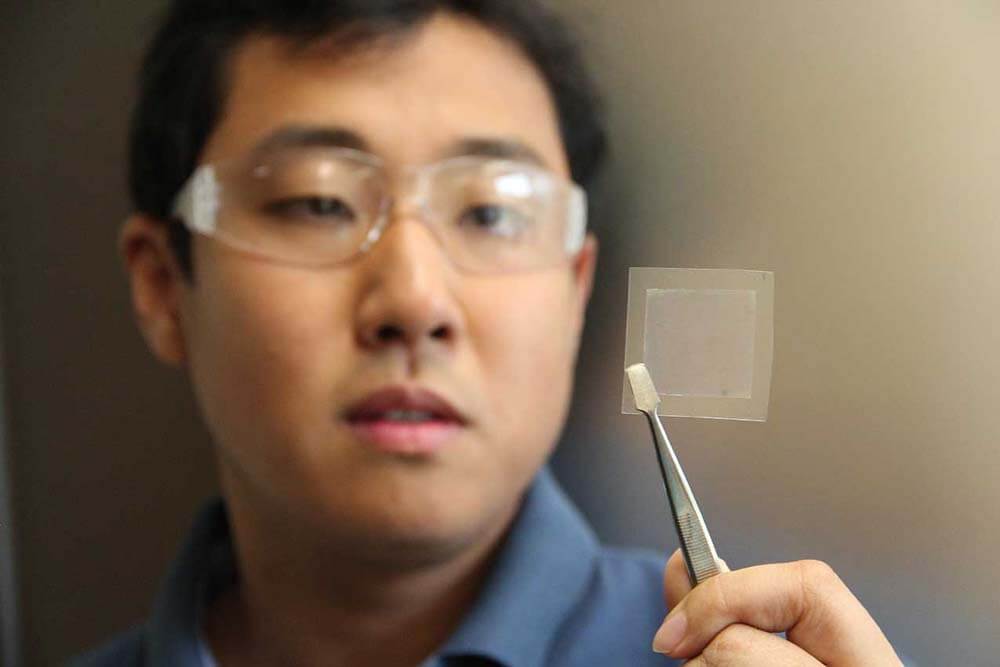
CSIRO Scientist Dr Dong Han Seo, holds a piece of graphene film. Photo supplied by CSIRO.
What can it do?
In bulk quantities graphene has two major properties. It’s strong and it conducts electricity and heat. It is neither the strongest material nor the best conductor, says Aitchison, but that’s not the point.
“When people talk about the electrical conductivity of graphene as being better than anything else in the world, it is, inside each tiny little platelet. Across centimetres or metres, it’s not very good. So it’s not a good replacement for metal. But it’s pretty good at sensing. You can use it to measure changes in strain and pressure. It’s very good at this.”
Most of the hype around graphene comes from physicists working at an atomic level, says Aitchison. “If you had an elephant that was 10 atoms tall, yes it could stand on a pencil on top of a sheet of graphene. But that’s not the case when it becomes a bulk material.” We are still some way off a bulletproof graphene.
Where can it be used?
There is a great capacity to use graphene in smart technologies and design. In its most frequent iteration, graphene is a transparent, conductive coating that can cover any other material, from textiles and concrete to the internal casing of a car. It can be dispersed into bulk materials to increase their strength, or mixed with materials to create graphene-enhanced devices that collect data and add to the Internet of Things. Graphene can be laid underneath carpets to detect the frequency of movements and traffic over it. Graphene lined roofs can detect leaks before they become a problem.

Graphene-enabled hardware contributes to the Internet of Things. Supplied by IMGNE.
“We’ve done a roads demo where we’ve put graphene in the geotextile we use under roads. As cars drive over, we can weigh the cars and we tell you if it is car a truck or a person,” say Aitchison.
Interpreting the data
To make graphene useful it has to be transformed and interpreted. It must be supported by infrastructure that can measure and interpret its fluctuations. “There’s a lot of smarts about how we get information out of all of this,” says Aitchison, identifying the area where IMNGE adds the most value for their clients. The raw data collected from a graphene-enhanced thing must be interpreted and transformed into valuable feedback. This would ideally be linked to cloud-based analytics software, says Aitchison.
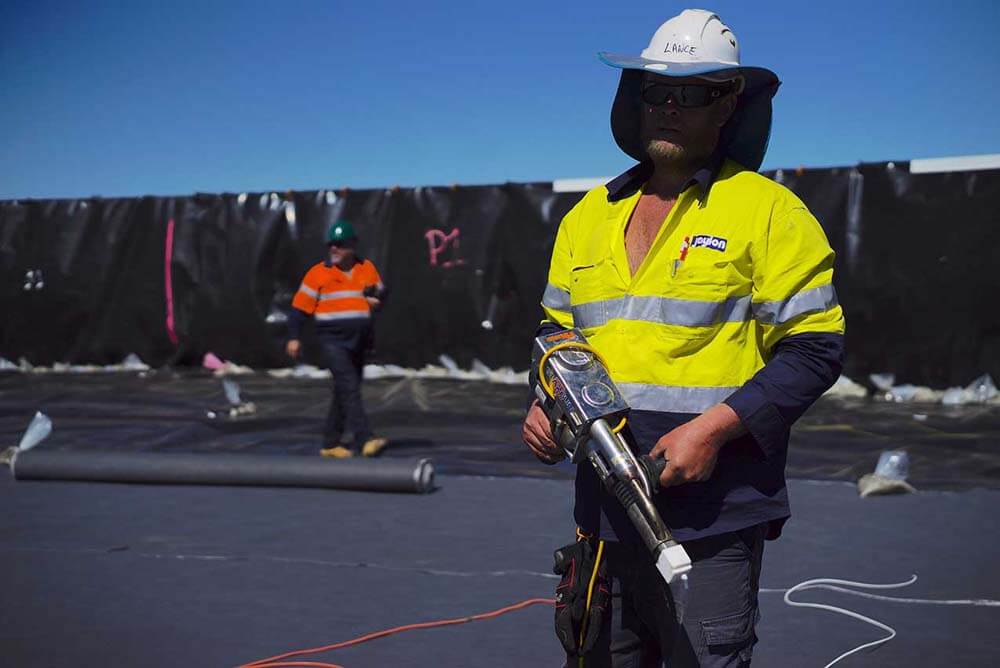
Most of IMGNE’s work is with the mining industry, which is in desperate need of innovation, says Aitchison. Photo supplied by IMGNE.
And the cost?
Graphite is relatively inexpensive, north of $2 a kilo, and a lot of graphene comes from a kilo of graphite. “People talk about a market of 200 million dollars’ worth of graphene by 2025 now. I think the market will easily exceed that by 2020,” says Aitchison. But “the value is not in the graphite, despite what people say”. The value is in its transformation, application and interpretation.
Learn about our products.
Join us at an event.
